Are you ready to take your association's initiatives to the next level? In this article, we'll explore effective strategies for crafting a compelling grant funding proposal that resonates with potential funders. We'll delve into key elements that can elevate your message, making your case for support both persuasive and engaging. So, grab a cup of coffee, and let's dive into the essential tips that can unlock new funding opportunities for your association!
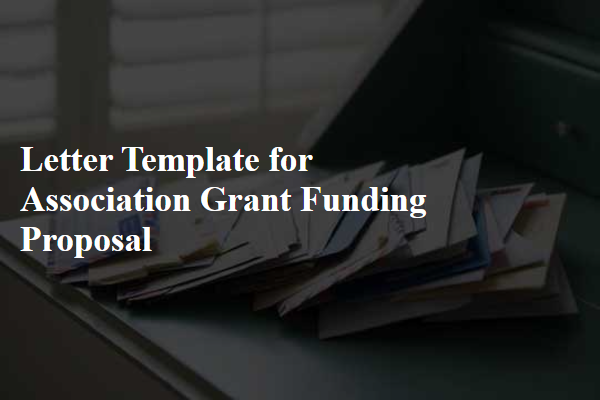
Project Title and Objectives
The "Green Urban Spaces Initiative" aims to transform underutilized lots into vibrant community gardens throughout downtown Portland, Oregon. This project will engage local residents, promote sustainable agricultural practices, and contribute to biodiversity in urban environments. Key objectives include establishing six community gardens by the end of 2024, involving at least 300 community volunteers in various gardening activities, and facilitating educational workshops on organic farming methods. Additional goals encompass improving local air quality through increased greenery and creating social cohesion among diverse demographic groups, ultimately enhancing the overall quality of life in urban neighborhoods.
Detailed Budget Breakdown
A detailed budget breakdown for association grant funding proposals typically includes various categories such as personnel costs, operational expenses, equipment purchases, travel expenditures, and indirect costs. For personnel costs, this could involve salaries for project staff, which can vary widely depending on roles, such as project manager or research assistant, often averaging between $50,000 to $75,000 annually. Operational expenses may encompass office supplies, utilities, and communication services, generally estimating around 10% of the total budget. Equipment purchases might include specific items such as computers or specialized tools, which could range in cost from $1,000 to $10,000. Travel expenditures for conference attendance or stakeholder meetings should consider transportation, lodging, and daily allowances, with averages of $500 to $2,000 per trip. Indirect costs, usually covering administrative overhead, might be calculated as a percentage of the total direct costs, often around 5% to 15%, depending on funder guidelines.
Methodology and Evaluation Plan
The methodology for the association's grant funding proposal will consist of a structured approach to ensure successful implementation and evaluation of the project. The initiative, aimed at enhancing community engagement in sustainability practices, will involve a phased implementation schedule spanning twelve months. Initial research, including surveys of at least 300 community members in Springfield, will inform the program's design, addressing specific needs and preferences. Workshops held at local venues, such as the Springfield Community Center, will facilitate knowledge sharing and skills development. Evaluation will employ both qualitative and quantitative methods: pre- and post-workshop surveys will measure participant knowledge levels, while focus groups will provide insights into community attitudes and engagement changes. Success metrics will include increased participation rates, with a target of 50% of surveyed individuals actively engaging in sustainability efforts by project completion. Regular progress reports will be shared with stakeholders to maintain transparency and project alignment.
Organization's Background and Expertise
[Organization Name] operates in [Location], specializing in [specific field or service]. Established in [Year], our team comprises experts with [number] years of combined experience in [relevant skills or sectors]. We have successfully executed [number] projects, impacting [number] individuals or communities within [specific demographics or geographic areas]. Our commitment to [mission or vision statement] has driven us to collaborate with [relevant partners or stakeholders], resulting in [notable achievements or recognitions]. Through evidence-based practices and innovative strategies, we have consistently demonstrated our capability to address challenges in [relevant issues or fields], positioning us as a leader in [niche sector or community focus].
Impact and Community Benefit
The community benefit of our initiative is substantial, targeting local families and individuals who face economic challenges in the Springfield area. Our program is designed to provide assistance to over 500 residents annually, focusing on essential services like food security, job training, and mental health support. Through partnerships with local organizations such as the Springfield Food Bank and Career Development Center, we aim to reduce the rate of food insecurity (currently affecting 15% of Springfield families) and provide skill-building workshops that have proven to increase local employment rates by up to 30%. Furthermore, our outreach efforts will include educational seminars held at the Springfield Community Center, which can accommodate up to 200 participants per session, fostering a sense of unity and empowerment within the community. The long-term impact will not only enhance individual well-being but also stimulate economic growth, addressing key issues identified in the Springfield Economic Development Report 2023.
Letter Template For Association Grant Funding Proposal Samples
Letter template of grant application for community association initiative
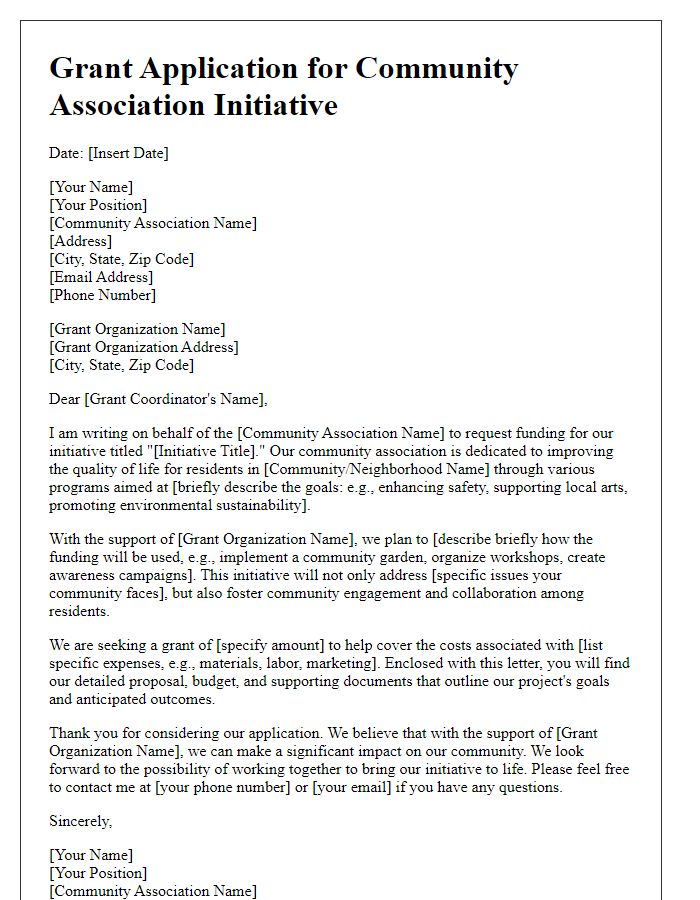
Letter template of proposal for financial backing from association grants
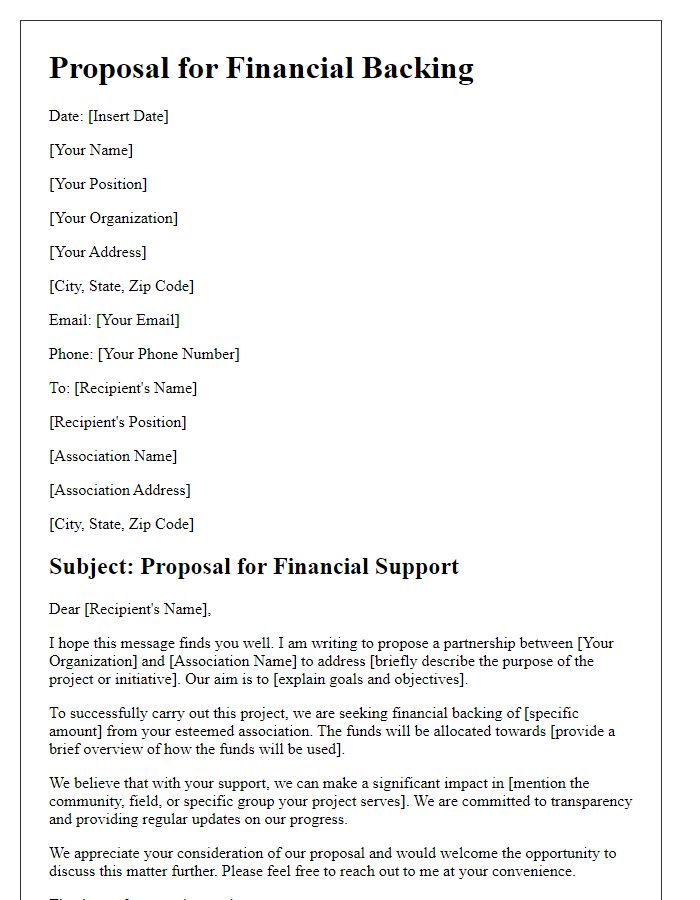

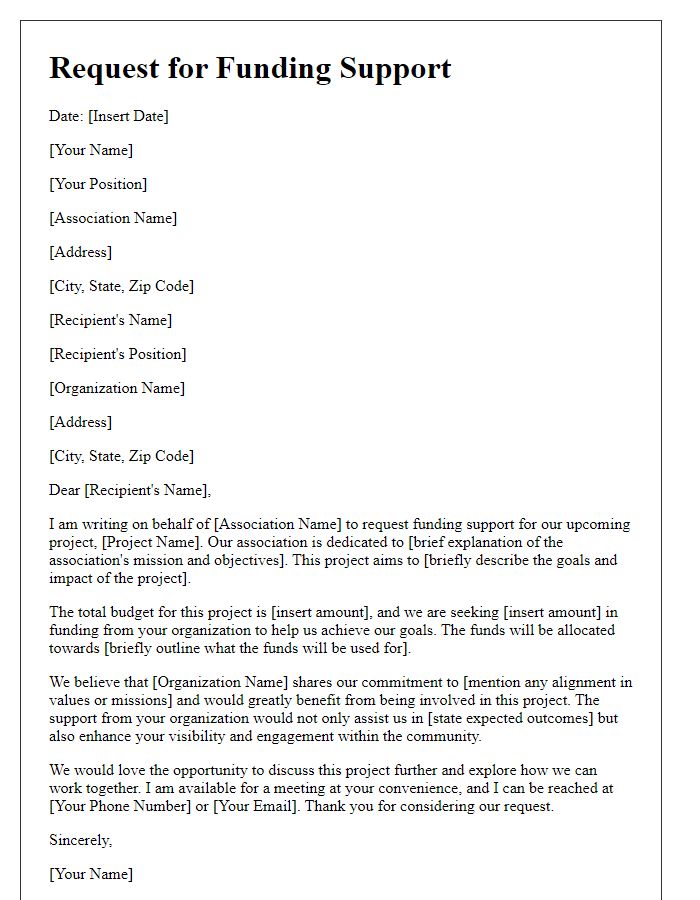
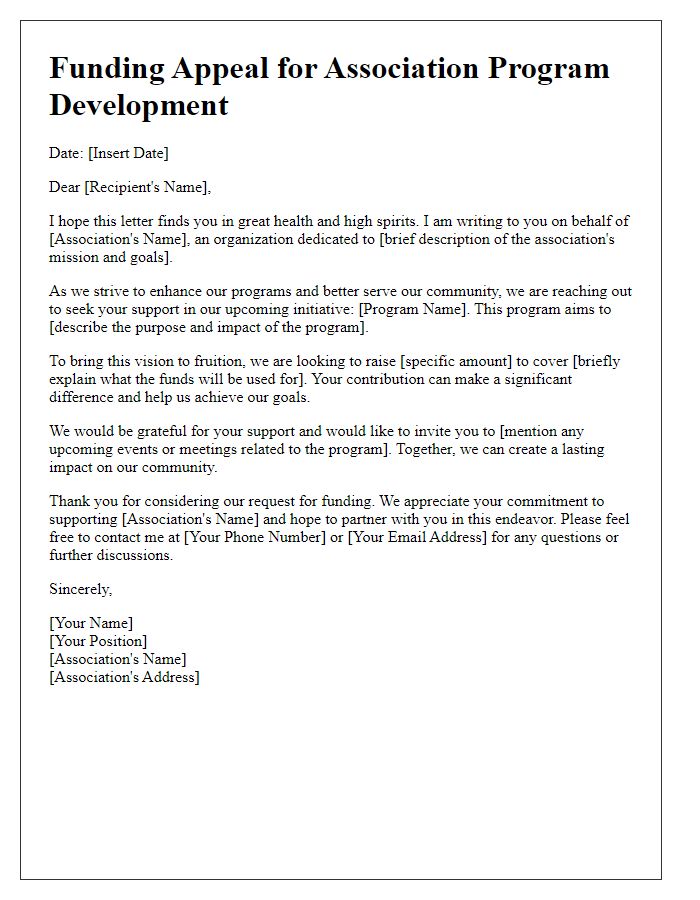
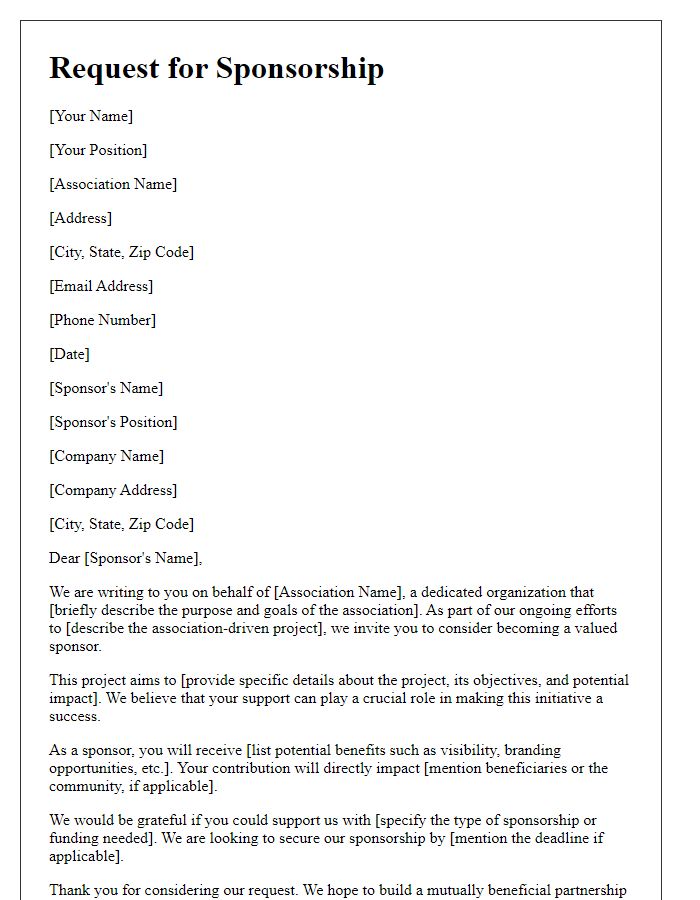
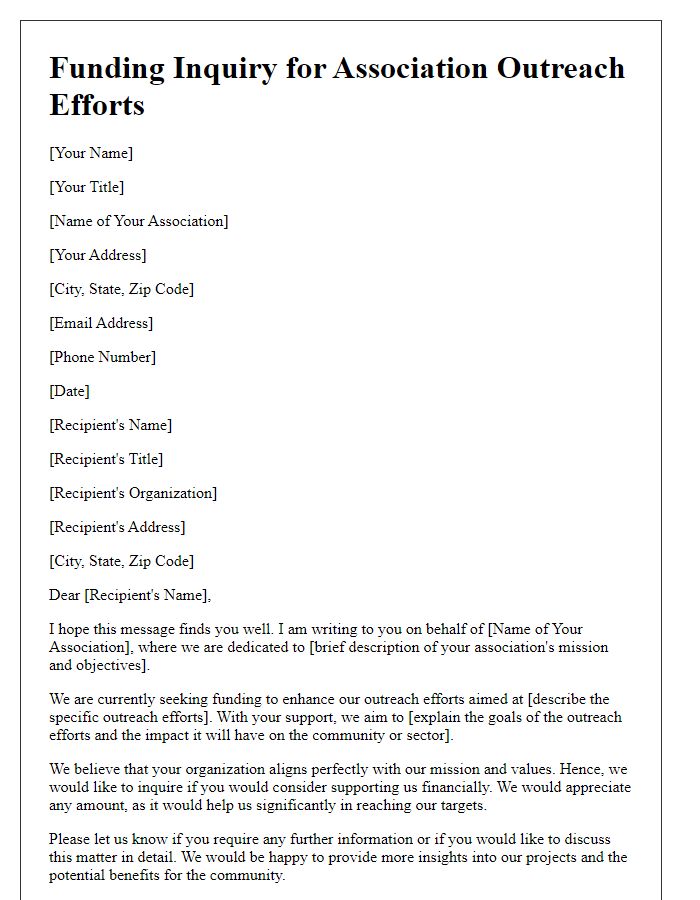
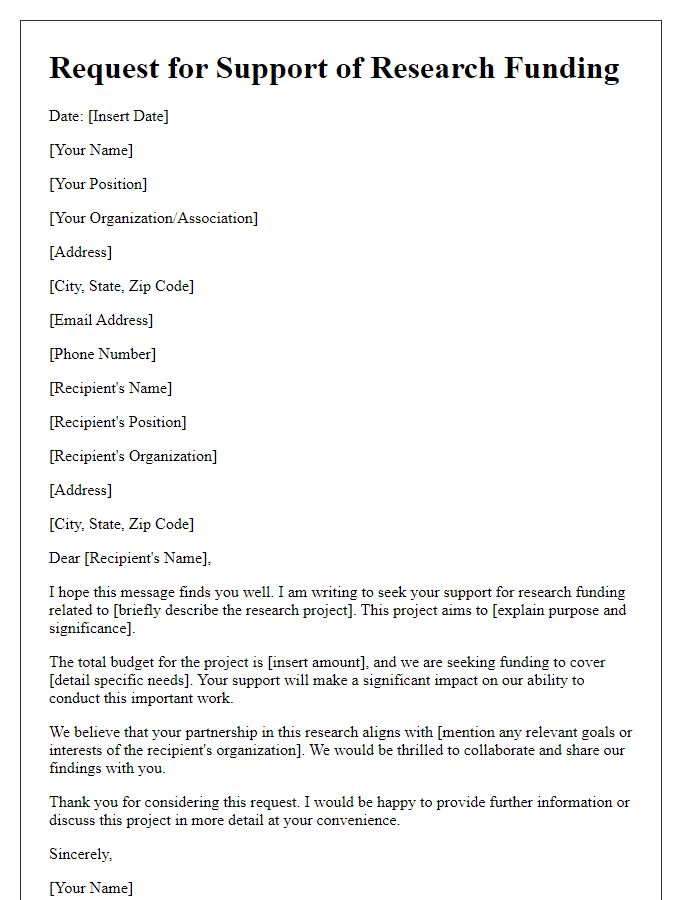
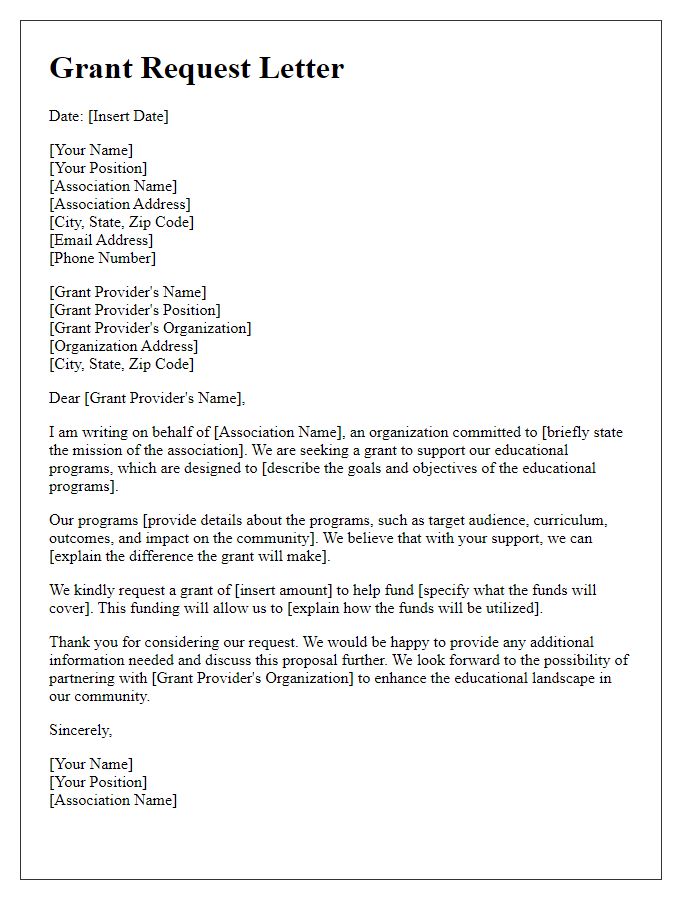
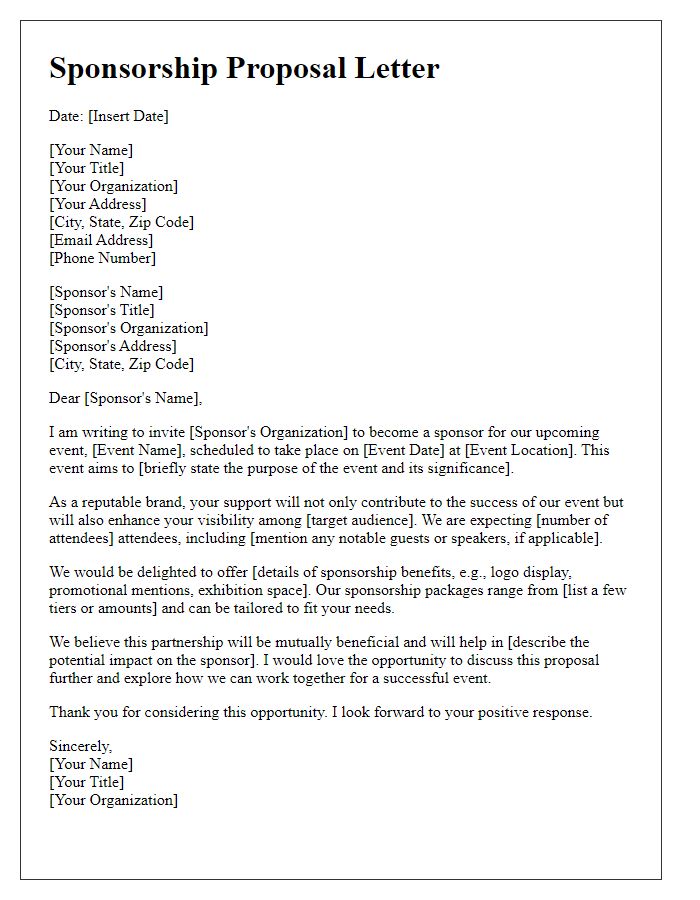
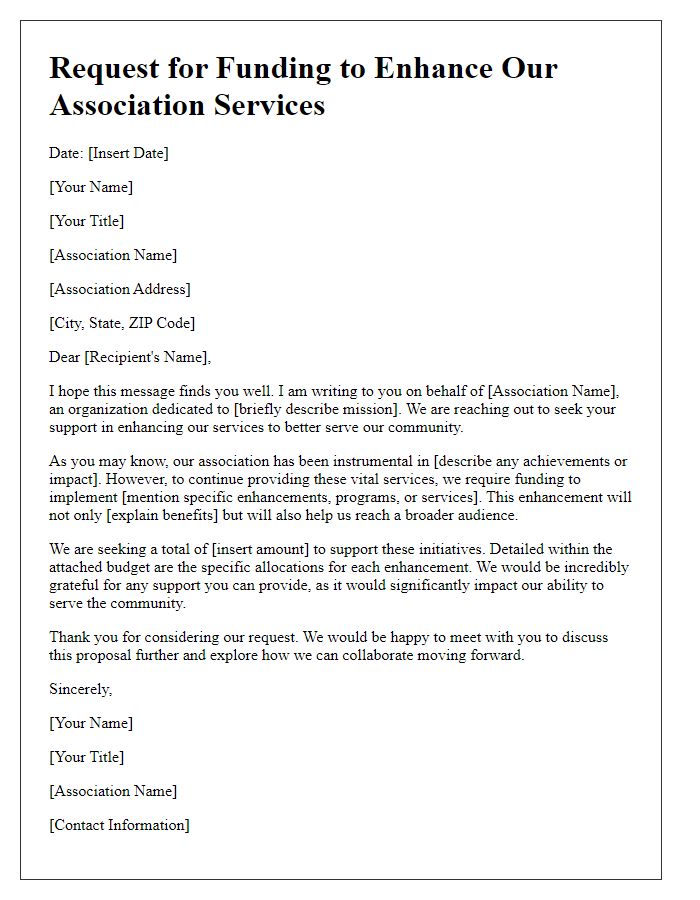


Comments